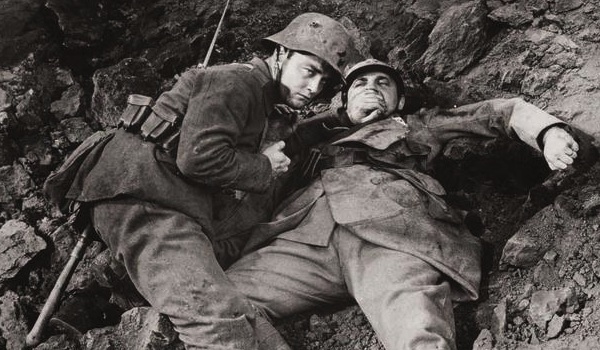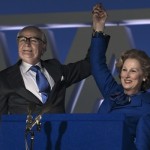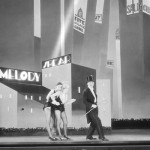All Quiet on the Western Front Review
War movies have been staples of the film industry and the Academy Awards seemingly forever, but it all began with Lewis Milestone’s anti-war tale All Quiet on the Western Front. When it was released in 1930, the world was a very different place. Much of American history had not yet been written. The world had not gone through Hollywood’s favorite wars, WWII (Patton, Saving Private Ryan) and Vietnam (The Deer Hunter, Platoon). Instead, the world was still recovering from what was then known as the Great War. All Quiet focuses on a number of young German men who eagerly volunteer to serve their country, but over the course of the war, those who survive are forced to confront whether or not they still believe there is honor in killing or dying in the name of Germany. It sounds unoriginal (the message has certainly been played out over the years), but this is the movie that started it all, which makes its ultimate failure a disappointment.
All Quiet won the Oscar for Best Picture in 1930, a surprising decision when you look at it years later. While met with admiration, it had a great number of critics. Americans criticized the supposedly sympathetic portrayal of the German soldiers, while in Germany (where Hitler was just beginning his rise to power) the film was reviled for its anti-war stance.
The plot is minimal. There is only about ten minutes of pre-war character building. Once in battle, the young men meet a few older veterans who show them the ropes and teach them important skills to help them survive. As the group dwindles, the young men become disillusioned by their quest and can’t wait to get home. But when granted leave, a realization washes over them: They are different men now and there’s no going back.
The film’s biggest fault is the lack of dynamic characters. All of the young men portray the same characteristics (wide-eyed and patriotic). Not until the film is nearly two-thirds completed (and by that time you will already be lost) does it focus in on one of the young men (Paul, played by Lew Ayres). They are all flat, and none of the acting stands out. In fact, some of it is downright bad (such as the scene when Paul is in a bunker with a dying enemy soldier).
The film is not meritless, however. There are a few truly inspired sequences. The first battle scene is mesmerizing. It conveys the chaos of the war better than any other in the film or of the age. It’s hard to believe the sequence was filmed in 1930. Another standout scene takes place after the death of one of the young men when the camera follows his boots from one soldier to another as they are killed.
But ultimately, the film does not stand the test of time. Unlike later war movies that take the time to flesh out and make us care about the characters (see Michael Cimino’s The Deer Hunter), this one just throws generic soldier after generic soldier at its audience and asks it to feel something when they are killed. It doesn’t work. Putting it into the context of its time, it is a groundbreaking film. But influence, isn’t always indicative of quality. And as much as you might wish it would be, “good†is not a word you’ll associate with All Quiet on the Western Front—unless the words “not very†precede it.

















